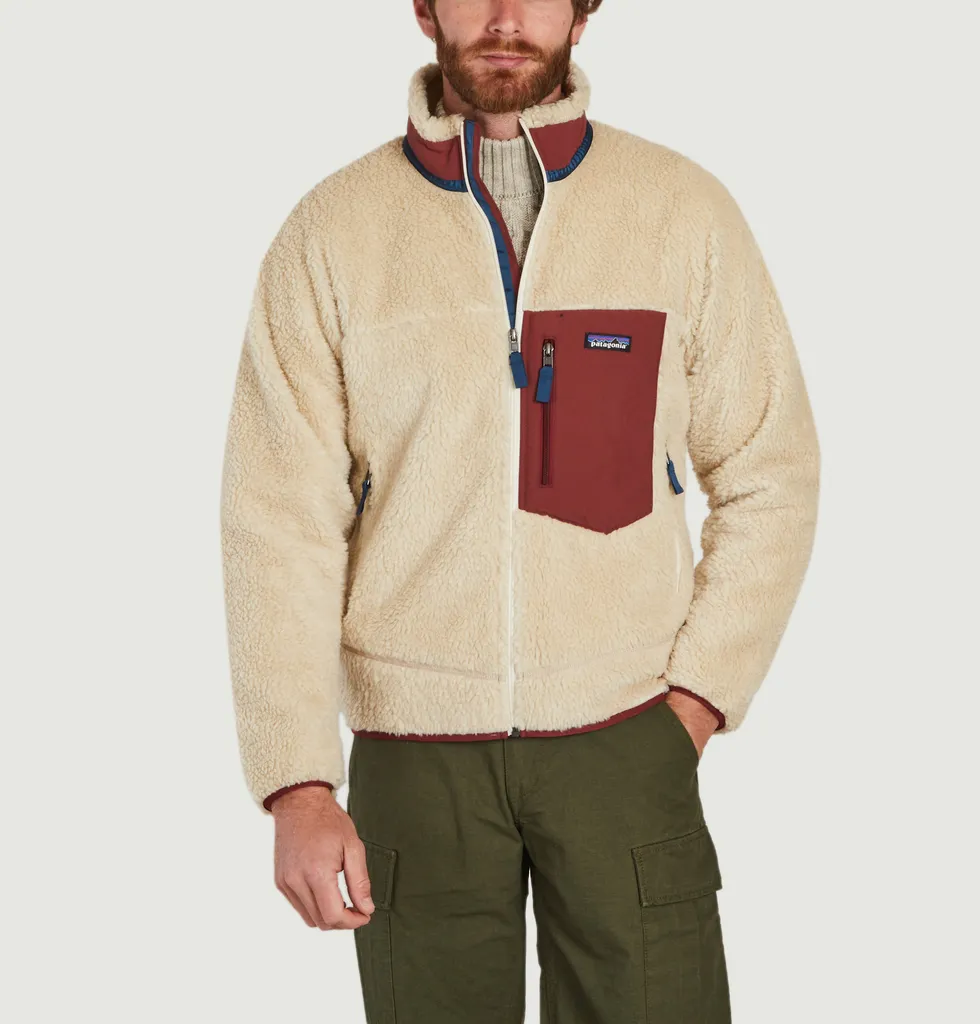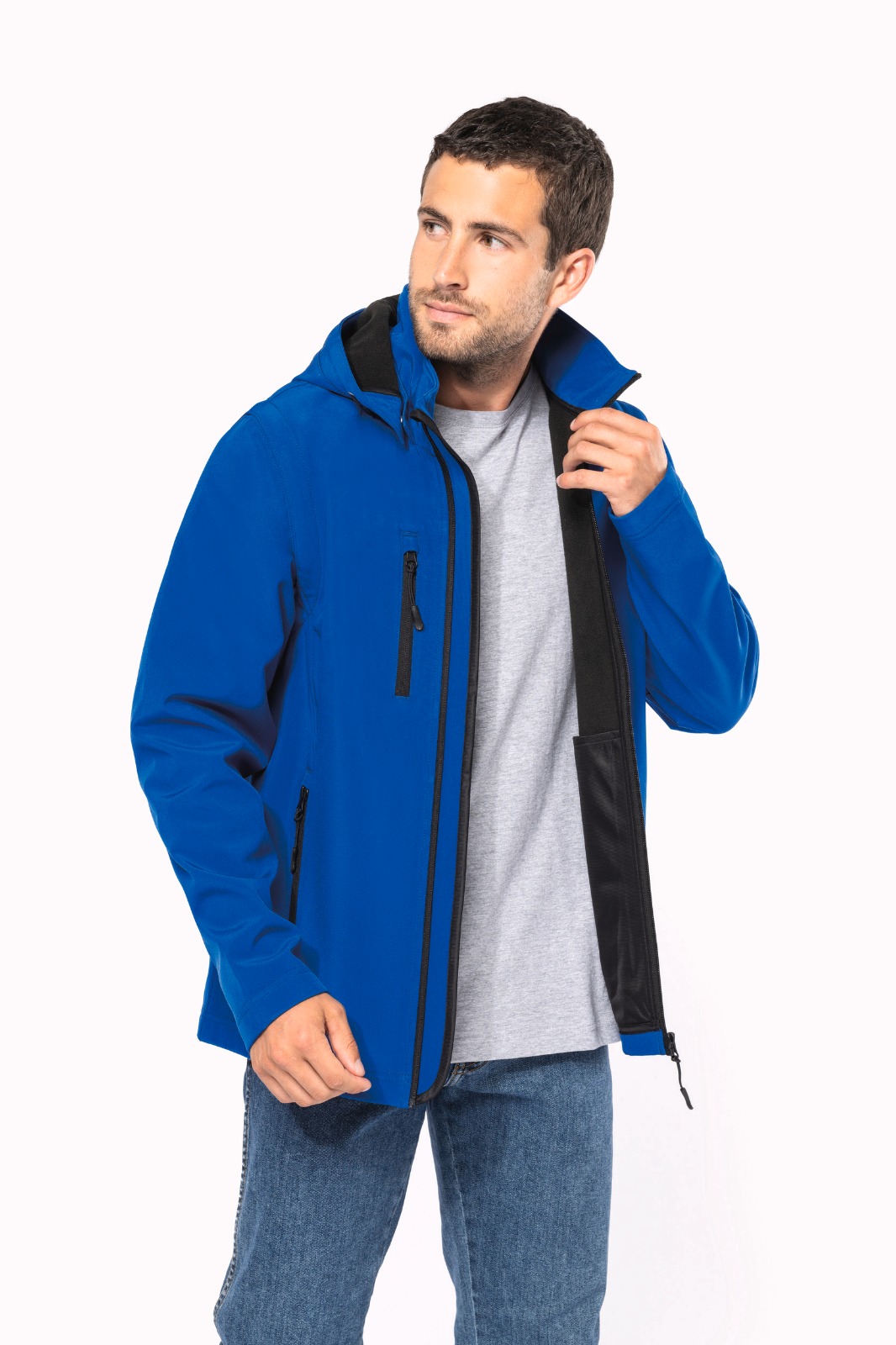Hey les gars, ici Alicia avec de nouveaux insights ! 👀 Aujourd'hui, nous allons voir la différence entre une veste polaire et une veste softshell. Bonne lecture et n'hésitez pas à laisser un commentaire si vous avez des questions !
Cet article présente les avantages et les inconvénients des polaires et des vestes softshell, ainsi que les meilleurs moments pour les porter.
Points clés
C'est quoi une veste polaire ?
- Avantages
- Inconvénients
C'est quoi une veste softshell ?
- Avantages
- Inconvénients
Polaire vs. Softshell
Introduction
Lorsque vous cherchez une veste pour vos activités de plein air, le confort et la protection sont des critères essentiels.
Deux des options les plus populaires sont la veste polaire et la veste softshell. Chacune a ses propres avantages et inconvénients, et le choix entre les deux peut parfois être difficile.
Dans cet article, nous détaillerons les caractéristiques des vestes polaires et softshell pour vous aider à choisir celle qui convient le mieux à vos besoins.
C’est quoi une veste polaire ?
Une veste polaire est un vêtement en textile synthétique, généralement fabriqué en polyester, conçu pour fournir une excellente isolation thermique.

Le tissu polaire est doux, léger et souvent doublé d'une couche moelleuse qui emprisonne la chaleur corporelle, offrant ainsi un confort optimal par temps froid.
Avantages
- Excellente isolation thermique : La polaire est réputée pour sa capacité à retenir la chaleur, ce qui la rend idéale pour les activités par temps froid. Elles sont particulièrement adaptées aux journées froides sans vent fort ni pluie.
- Confort et douceur : La texture douce du tissu offre un confort immédiat, agréable à porter directement sur la peau ou en tant que couche intermédiaire. Ce confort est inégalable lors de moments de détente ou d'activités modérées comme les promenades hivernales, le camping, ou les soirées en extérieur.
- Bonne respirabilité : La polaire permet à l'humidité de s'évaporer, ce qui aide à réguler la température corporelle pendant les activités modérées.
- Polyvalence comme couche intermédiaire : En conditions extrêmement froides, une veste polaire peut être utilisée comme couche intermédiaire sous une veste imperméable. Cela offre une chaleur supplémentaire sans compromettre la mobilité.
Inconvénients
- Moins de protection : Contrairement aux vestes softshell, les polaires ne sont pas conçues pour résister au vent ou à la pluie. Elles nécessitent souvent une couche extérieure supplémentaire pour une protection complète.
- Moins durable : Les polaires sont moins robustes et peuvent s'user plus rapidement lorsqu'elles sont exposées à des conditions difficiles.
- Usage : Les polaires sont idéales pour les environnements où il est nécessaire de rester au chaud sans exposition directe aux intempéries, comme dans des entrepôts non chauffés ou des ateliers.
La veste polaire est un excellent choix pour les activités où la chaleur et le confort sont primordiaux, mais elle doit souvent être complétée par une autre couche pour une protection contre les intempéries.
C’est quoi une veste softshell ?
Une veste softshell est un vêtement technique conçu pour offrir une protection contre les éléments tout en étant flexible et confortable.
Elle est généralement fabriquée à partir de matériaux synthétiques comme le polyester et l'élasthanne, souvent avec une membrane intégrée qui offre une certaine résistance au vent et à l'eau, tout en permettant une bonne respirabilité.
Avantages
- Protection : Les vestes softshell sont conçues pour résister au vent et aux petites averses offrant une certaine protection contre les petites averses grâce à leur traitement déperlant.
- Liberté de mouvement : Grâce à leur tissu extensible et leur coupe ajustée, les softshells permettent une grande liberté de mouvement, ce qui les rend idéales pour les activités dynamiques comme la randonnée ou le cyclisme.
- Polyvalence : Ces vestes peuvent être portées comme une couche extérieure par temps doux ou comme une couche intermédiaire sous une veste imperméable pour une protection accrue.
Inconvénients
- Moins chaudes : Les softshells offrent une protection modérée contre le froid et sont généralement moins isolantes que les vestes polaires. Elles peuvent nécessiter une couche supplémentaire en cas de températures très basses.
- Moins confortables pour des activités peu intenses : Pour des activités où la chaleur et le confort sont primordiaux, comme les moments de repos ou les activités à faible intensité, une veste polaire peut être plus appropriée.
En résumé, une veste softshell est un choix polyvalent et pratique pour les activités en extérieur, offrant une bonne protection contre le vent et l'humidité tout en permettant une grande liberté de mouvement.
La meilleure façon d'imprimer sur un softshell ? Découvrez-le ici!
Vous l’aurez compris, une veste softshell c’est une pièce à avoir dans sa garde-robe, pratiques dans plusieurs situations.
Polaire vs. Softshell
Critère | Polaire | Softshell |
Chaleur et isolation | Excellente isolation thermique, idéale pour les activités par temps froid. Retient efficacement la chaleur corporelle. | Offre une chaleur modérée, mais nécessite une couche supplémentaire en cas de températures très basses. |
Protection contre les intempéries | Moins efficace contre le vent et l'humidité, souvent besoin d'une couche extérieure imperméable pour une protection complète. | Résistante au vent, offre une certaine protection contre les petites averses grâce à un traitement déperlant. |
Respirabilité et confort | Très respirante, idéale pour les activités modérées où l'évacuation de l'humidité est essentielle. | Respirante et mieux adaptée aux activités physiques intenses grâce à un tissu extensible offrant plus de confort et de liberté de mouvement. |
Polyvalence et utilisation | Idéale pour les activités par temps froid et sec (promenades hivernales, randonnée par temps sec), ou comme couche intermédiaire sous une veste imperméable. | Extrêmement polyvalente, adaptée à une large gamme d'activités extérieures (randonnée, cyclisme, sports d'hiver légers) et peut être utilisée comme couche extérieure ou intermédiaire. |
En résumé, le choix entre une polaire et une softshell dépend de vos besoins spécifiques et des conditions dans lesquelles vous prévoyez de les utiliser.
Les polaires sont parfaites pour la chaleur et le confort, tandis que les softshells offrent une meilleure protection contre les intempéries et une plus grande polyvalence.
Conclusion
Choisir entre une veste polaire et une veste softshell dépend principalement de vos besoins spécifiques et des conditions dans lesquelles vous prévoyez de les utiliser.
Les vestes polaires sont parfaites pour offrir une chaleur maximale et un confort douillet par temps froid et sec, tandis que les vestes softshells se distinguent par leur polyvalence, leur protection contre le vent et les petites averses, ainsi que leur grande liberté de mouvement.
Pour les activités en plein air où les températures peuvent varier et où une protection contre les éléments est nécessaire, la veste softshell est souvent le choix le plus judicieux. En revanche, pour les environnements froids mais stables, une veste polaire sera votre alliée pour rester bien au chaud.



